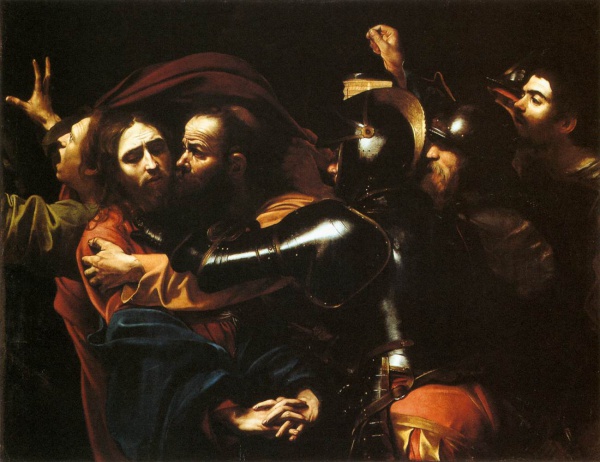Facts About The Taking of Christ
"The Taking of Christ" is a celebrated painting by the Baroque master Caravaggio that captures the dramatic moment of Jesus' arrest. Commissioned in 1602 by Ciriaco Mattei, the piece mysteriously disappeared for about 200 years before being rediscovered in Dublin in 1990.
This remarkable artwork features seven figures, including John, Jesus, Judas, and soldiers, all rendered with meticulous detail. One of the most captivating aspects is the way the heads of Jesus and St. John appear to merge, showcasing Caravaggio's masterful skill. Upon its rediscovery, experts confirmed its authenticity as a genuine Caravaggio, dispelling earlier misattributions.
The painting's journey through history is quite a tale. It underwent various erroneous identifications and ownership changes before finally being recognized in a Jesuit dining room in Dublin. Following extensive research and restoration, its authenticity was confirmed, and it has since been featured in exhibitions worldwide.
Interestingly, there are several notable copies of this painting. One of these was long thought to be an original Caravaggio and was stolen from a museum in Ukraine in 2008.
"The Taking of Christ" has left an indelible mark on culture, appearing in films, music, and television shows. Its significance in art history and its poignant depiction of Jesus’ arrest have solidified its status as a masterpiece. The ongoing discussions about the various copies and their authenticity only add to the intrigue and legacy of Caravaggio’s work.

 United Kingdom
United Kingdom